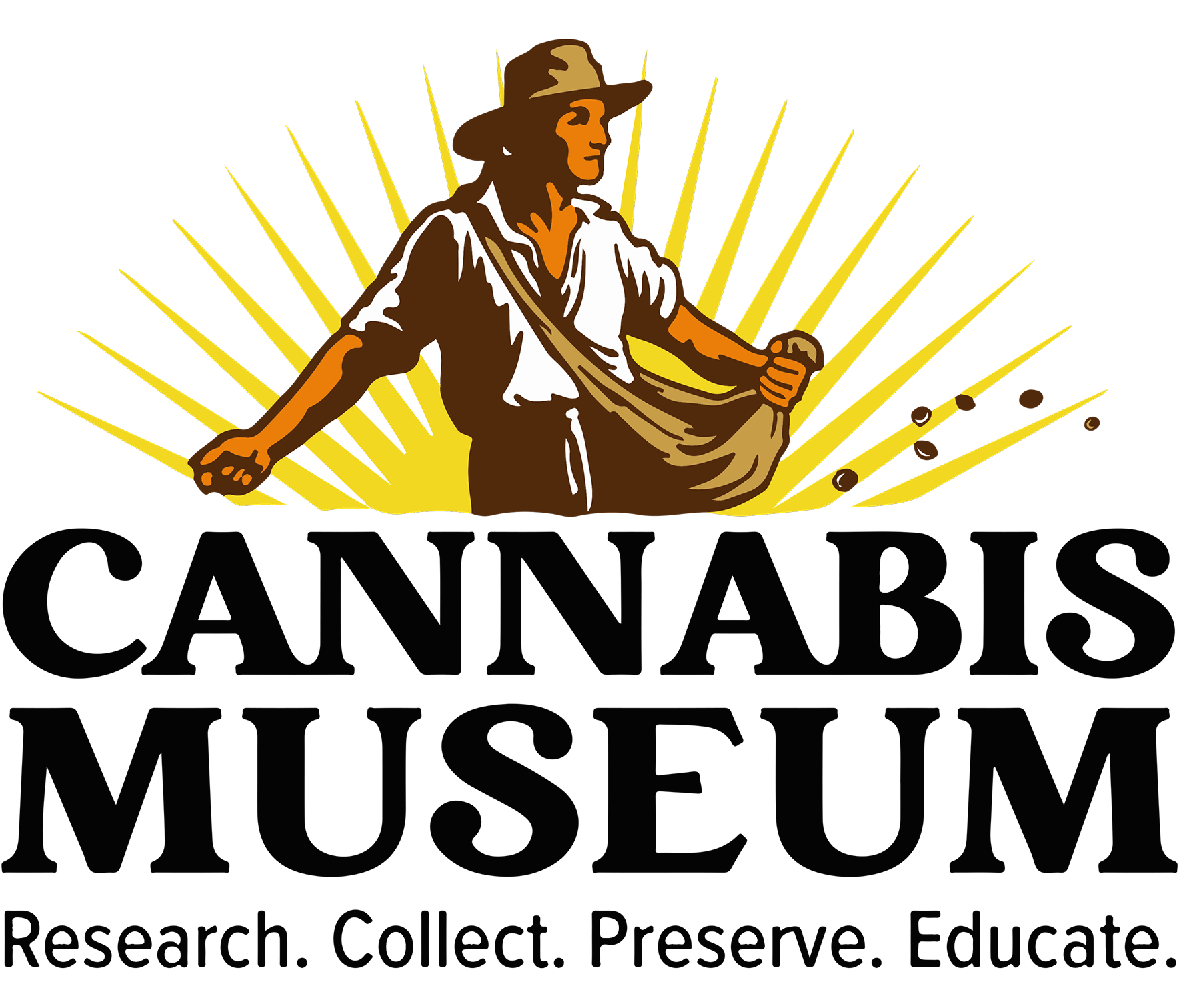Cannabis Medicine with Red Poison Labels
 Apothecary dispensing errors became scandalous in 1858 after a candy maker in Bradford, England poisoned himself and 200 customers with toxic peppermint sweets. Instead of “daff” for the recipe, the druggist had instead dispensed arsenic. Daff was a term for powdered gypsum and other adulterants that were used as filler to make less expensive food products.
Apothecary dispensing errors became scandalous in 1858 after a candy maker in Bradford, England poisoned himself and 200 customers with toxic peppermint sweets. Instead of “daff” for the recipe, the druggist had instead dispensed arsenic. Daff was a term for powdered gypsum and other adulterants that were used as filler to make less expensive food products.
To save pennies on sugar, the candy maker endangered thousands. The resulting public outcry against food adulteration and apothecary dispensing errors led to the passage of the Pharmacy Act in England. Legislation regulating the adulteration of foodstuffs spread across the U.S. Public demand for reform led to laws regulating the dispensing of drugs, including the use of prescriptions, forms and the keeping of written records.
Many states and municipalities began to require red labeling on strong compounds. In 1895, Ohio mandated red labels and black writing for such medicines. Attempts to require poisonous substances to be sold only in bottles embossed with the word “poison” failed. Instead, the manufacturers and dispensers developed better industry standards and regulated themselves.
Within two years of the Bradford sweets poisoning, embossed green glass poison bottles were being produced in England and became the industry standard. Other glasshouses produced poison bottles with quilted surfaces, latticework and with assorted geometric shapes, ridges and grooves. Poison bottles, some shaped like coffins and crossbones, remain highly collectable. Herbalists have long made concentrated preparations of Cannabis and have found them useful in a wide range of applications. They understood the potential toxicity of these reductions and how powerful these medicines could be if misused. Out of an abundance of caution, these products were labeled as poisons, defined as any substance that can, if misused, impair function, cause structural damage, or otherwise injure the body.
Left to Right:
CANNAB: IND, Cannabis indica, clear apothecary bottle with fancy stopper, not necessarily original, glass under glass label with red background. Unknown manufacturer. 9″ x 3″ x 3″.
CANNABIS, brown glass bottle, created by adding sulfide of copper and sulfide of sodium to the glass mix. It has a salt neck and a tight mushroom-patterned stopper. The recessed glass label, red with a gold band, has its base embossed with “W.T. Co. U.S.A.” The bottle was made sometime between 1890 and 1903. The bottom is embossed “W.T. CO USA,” 10″ x 3 3/4″ x 3 3/4″.
CANNABIS, square, tall, wide mouthed apothecary bottle with gold label and red border. Stopper not original to the bottle. 12″ x 4″ x 4″.
TINCT: INDIAN HEMP. Green poison bottle with matching glass stopper. Glass under glass, red label on gold with shield pattern. 7 3/4″ x 3″ x 3″.
EXTRACT: INDIAN HEMP. Green poison bottle with matching glass stopper. Glass under glass, red label on gold with rectangular pattern. 7 3/4″ x 3″ x 3″.
*TINCT: CANNAB: IND. Green poison bottle with matching glass stopper. Glass under glass, red label on gold with octagonal pattern. 6 3/4″ x 2 1/2″ x 2 1/2″.
TINCT: CANNAB: IND. Green poison bottle with matching glass stopper. Glass under glass, red label on gold with octagonal pattern. 4″ x 4″ x 10″.
Purchase Print of Cannabis Medicine with Red Poison Labels
